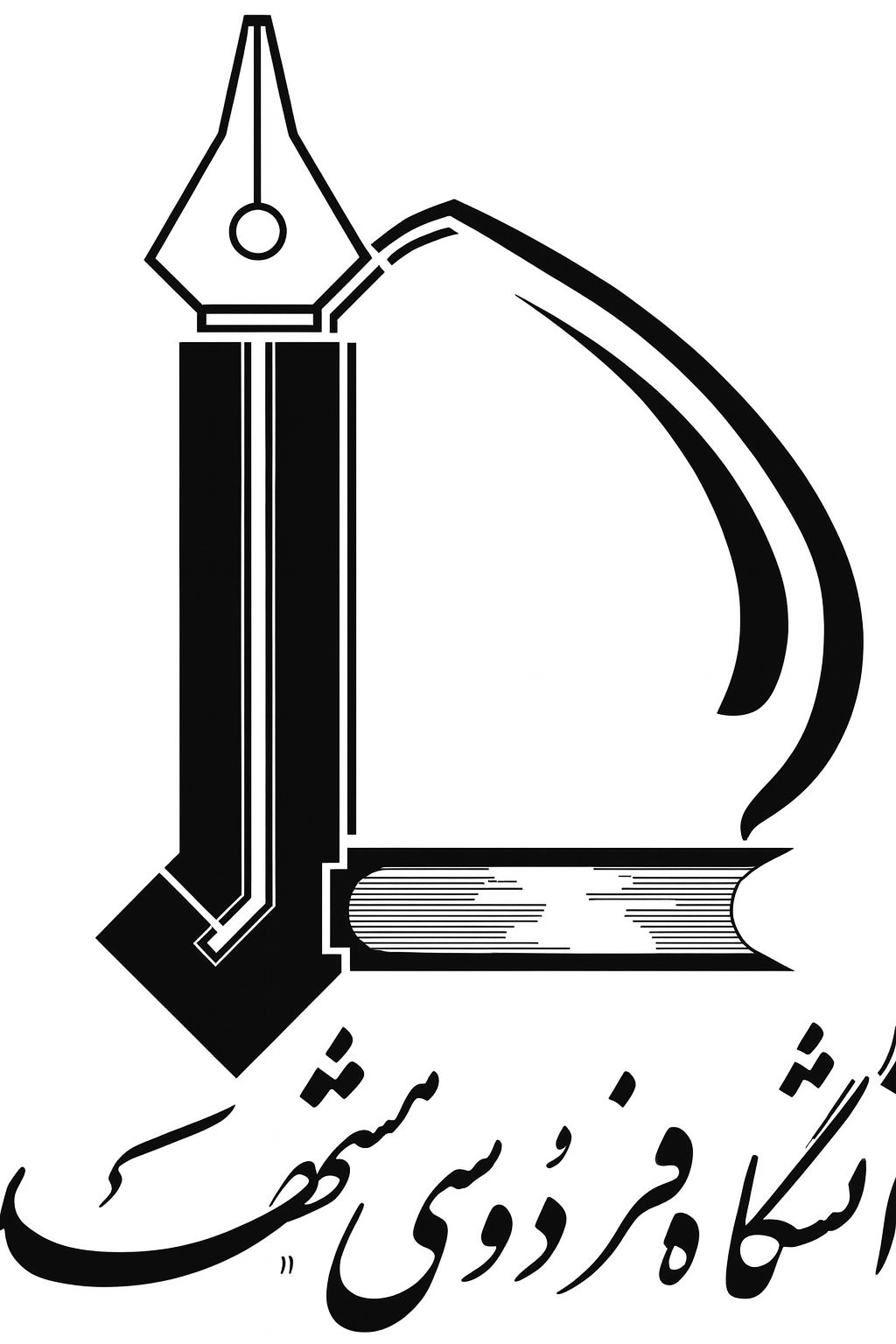Title : ( Performance assessment of filter fabrics in the copper industry: a study on mechanical properties and hydraulic efficiency )
Authors: Mohammad Saleh Ahmadi , Pedram Payvandy , Afsaneh Aminaei Chatrodi , Mohammad Sadegh Jafari Kang , Farideh Masoumi Parizi ,Access to full-text not allowed by authors
Abstract
Purpose – This study aims to evaluate the performance of various filter fabrics used in the copper industry, focusing on their subjective performance ratings, physical properties (fiber type and diameter, yarns linear densities, weave pattern and thread count), mechanical properties (tensile strength, bursting strength, bagging behavior, abrasion resistance) and air permeability. The ultimate goal is to identify the most effective fabric parameters for filtration applications while balancing mechanical and hydraulic performance. Design/methodology/approach – A subjective evaluation of filter fabrics was conducted based on field trials at the Sarcheshmeh Copper Complex, where Fabric G was rated excellent and selected for further analysis. Fiber properties were confirmed through identification tests and X-ray diffraction (XRD) analysis, revealing all fabrics to be made from polypropylene fibers. Physical and tensile properties of yarns were analyzed, followed by assessments of tensile strength, bursting strength, bagging behavior using a modified Celanese method, abrasion resistance with the Martindale method and air permeability measured using a Shirley tester. Findings – The results indicated that Fabric G demonstrated superior flexibility and bursting strength, making it suitable for filter press applications. It also exhibited the lowest residual deformation (B750 parameter), indicating favorable bagging behavior. However, Fabric G showed lower abrasion resistance, with damage observed after 300 cycles compared to 700 cycles for W1 and W2. Air permeability tests revealed that Fabric W1 had the lowest values (potentially improving particle retention but reducing flow rates), while Fabric W3 had the highest (enhancing hydraulic efficiency but possibly compromising filtration quality), highlighting the tradeoff between mechanical strength and hydraulic performance. Originality/value – This study provides a rigorous laboratory-based evaluation framework for filter fabrics, designed to assess performance characteristics critical for copper slurry dewatering operations. Unlike previous fragmented approaches, the authors integrate physical, mechanical and hydraulic analyses, quantifying critical tradeoffs between fabric parameters and performance. The findings provide an empirical basis for optimizing filter selection in the copper industry.
Keywords
, Copper concentration, Woven filter cloths, Filtration efficiency, Mechanical properties, Polypropylene fibers@article{paperid:1105028,
author = {محمدصالح احمدی and Pedram Payvandy, and افسانه امینی and محمد صالح جعفری and فریده معصومی پاریزی},
title = {Performance assessment of filter fabrics in the copper industry: a study on mechanical properties and hydraulic efficiency},
journal = {World Journal of Engineering},
year = {2025},
month = {September},
issn = {1708-5284},
keywords = {Copper concentration; Woven filter cloths; Filtration efficiency; Mechanical properties; Polypropylene fibers},
}
%0 Journal Article
%T Performance assessment of filter fabrics in the copper industry: a study on mechanical properties and hydraulic efficiency
%A محمدصالح احمدی
%A Pedram Payvandy,
%A افسانه امینی
%A محمد صالح جعفری
%A فریده معصومی پاریزی
%J World Journal of Engineering
%@ 1708-5284
%D 2025

 دانلود فایل برای اعضای دانشگاه
دانلود فایل برای اعضای دانشگاه
